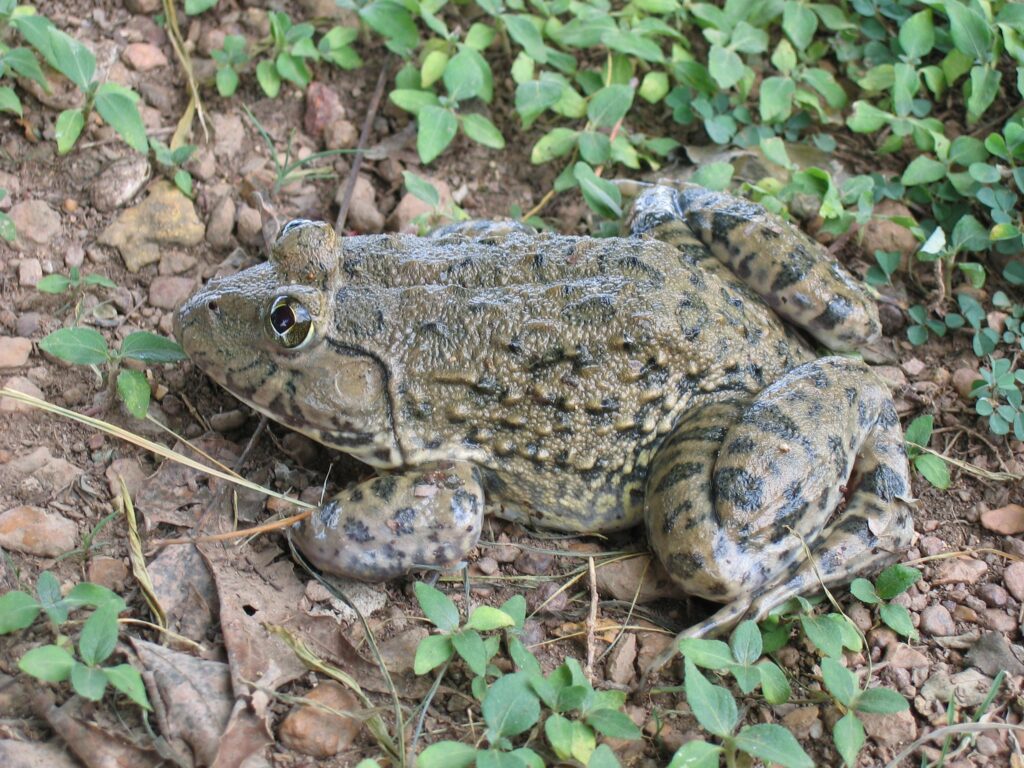Media release from April 4, 2024
Ancestral legacy and continued present-day advantages may explain why diurnal frog species kept genes adapted to night vision
Frogs display a remarkable diversity of species as a whole, but does the same hold true for their visual abilities? A new study led by York’s Faculty of Science sought to answer this question by collaborating with researchers in Australia, Belgium, Brazil, Cameroon, Ecuador, Equatorial Guinea, French Guiana, Gabon, Seychelles, Sweden, United Kingdom and the United States, to get a sample of a diverse array of frogs to study the visual pigments found in their eyes.

“Through this large international collaborative effort, we were able to study the pigments of frogs from all over the world who have adapted to myriad environments, and for the most part, we found this diversity is ‘reflected’ in the pigments in frogs’ eyes,” says research lead and Assistant Professor in the Department of Biology Ryan Schott.
“We saw this pattern of visual evolution being driven by differences in species that are either aquatic as adults, or that are living on the ground, or trees. On the other hand, we didn’t find much of a difference with the small groups of frogs that have adapted to daytime conditions as opposed to their nocturnal cousins.”
The study, published today in Molecular Biology and Evolution, examined the frog visual system by looking at the visual pigments and other genes in the eyes of a diverse selection of frogs living in vastly different light environments. Visual pigments are the molecules in the photoreceptor cells of the retina that are responsible for detecting light and then sending signals to the brain to perceive that light.

“We humans, as well as many animals, have these pigments in our eyes that actually absorb and respond to light,” explains Schott, also with the Centre for Vision Research at York and former research associate with the National Museum of Natural History at the Smithsonian Institution in Washington, D.C. “It's the differences in these pigments that allow us to see at night versus in the day, and allow us to perceive colour differences. So, we were interested in how these pigments have evolved in these frogs in different light environments.”
Schott, who studies the visual system of vertebrates in his lab located at York’s Keele Campus, has previously looked at vision changes of southern leopard frogs as they metamorphose from aquatic tadpoles to frogs living on land, and found a lot of differences. However, the lack of difference between the diurnal and nocturnal frogs came as a surprise. While it is possible that differences were not captured in the method of research, Schott says their evolutionary heritage may provide an alternate explanation.
“Most frogs are nocturnal, and so ancestrally, they really have this visual system that's adapted to these nocturnal environments,” he says. “This is probably suggesting that even the diurnal animals need these adaptations to survive because of course, they could say, get woken up in the night by a predator and then need to use their visual system to escape.”
